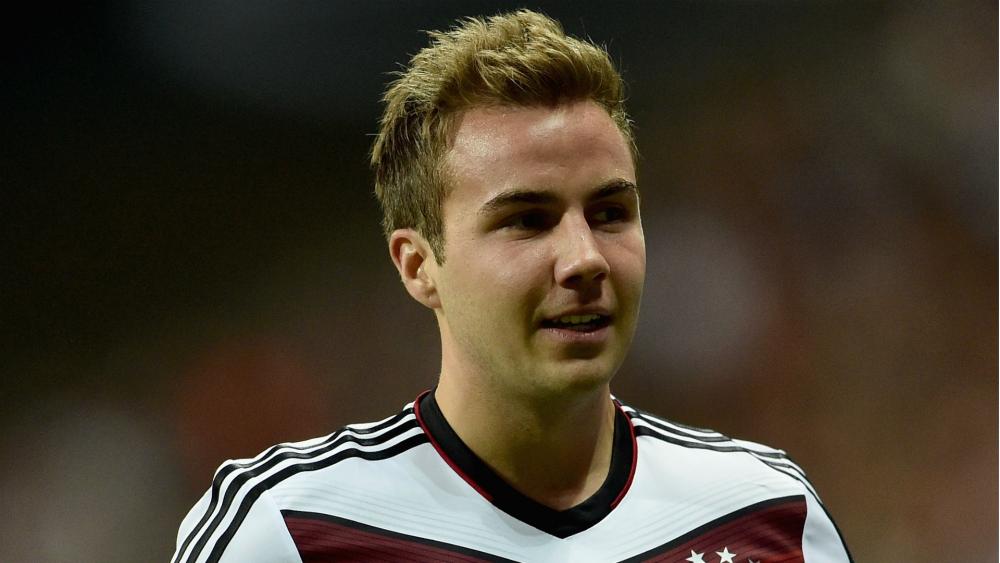How moving back helped Gareth Bale move forward at Real Madrid
Michael Cox assesses how Real Madrid's big summer signing has found his feet since arriving from Tottenham...
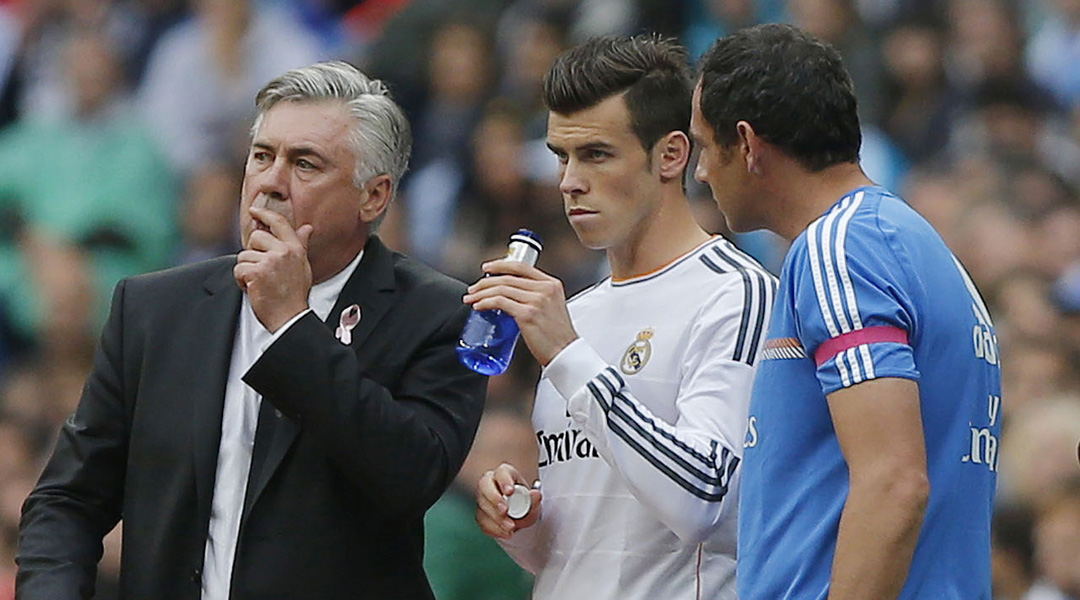
Real Madrid didn’t need Gareth Bale. A pacy, counter-attacking wide player who likes receiving the ball on the flank before cutting inside and shooting is very useful, but Real Madrid already had one of those. If Bale’s transfer fee rivalled that of Cristiano Ronaldo, his actual performances had yet to reach that mark.
Last summer, there were inevitable questions about where Bale would fit in, and how Real Madrid fans would take to him. After all, as a player who has never played in a major international tournament, had only played one season in the Champions League, and had never been in the mix for any Europe-wide individual awards, over £80m was a staggering outlay for a luxury player many Madrid supporters hadn’t seen too much of.
But Real Madrid have never been particularly concerned about where new signings fit in. This is the club who effectively signed David Beckham to replace Claude Makelele, a transfer which prompted Zinedine Zidane to quite brilliantly explain precisely what Real were doing wrong. “Why put another layer of gold paint on the Bentley when you are losing the entire engine?”
Things aren’t that extreme these days – Madrid have a settled defence and some responsible central midfielders – but with the likes of Mesut Ozil, Kaka and Gonzalo Higuain leaving in order to accommodate Bale, they risked creating another unbalanced side. It was Carlo Ancelotti’s responsibility to engineer a smooth fit.
Ancelotti was the perfect manager for this task. Throughout his career, he has been an extremely flexible coach tactically – although notionally he prefers a 4-3-2-1 ‘Christmas Tree’ formation, in reality he’s always varied his shape to make his star players at home. Ancelotti’s greatest quality is his emphasis on getting his best players motivated, committed, and playing in their best position. If the overall shape of the side suffers slightly, Ancelotti thinks it’s a worthwhile trade.
It took a while before Bale settled in the Real Madrid side, partly because of positional problems. He made his second start, away at the Camp Nou, in an unfamiliar centre-forward position, with Ronaldo wide left and Di Maria on the right. The Welshman had little impact on the game, rarely receiving the ball to feet, on the run. Too frequently he needed to come short, away from the opposition defence, and collected possession with his back to goal – a situation that was completely alien to him. He attempted just one dribble, which was unsuccessful.
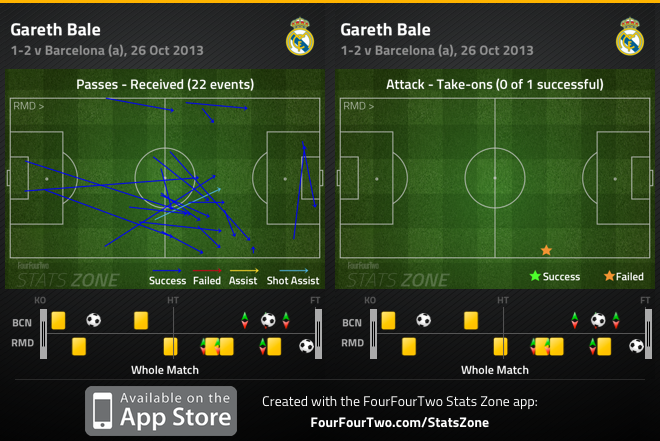
Had Real, yet again, bought a player completely unsuited to their system?
Get FourFourTwo Newsletter
The best features, fun and footballing quizzes, straight to your inbox every week.
It was also notable that many of Bale’s best displays came when Ronaldo was absent from the side. His first exceptional performance was when Ronaldo was out injured in late March, and Bale dominated the side in a 4-0 thrashing of Real Valladolid. Bale grabbed a hat-trick, and teed up the other goal for Karim Benzema.
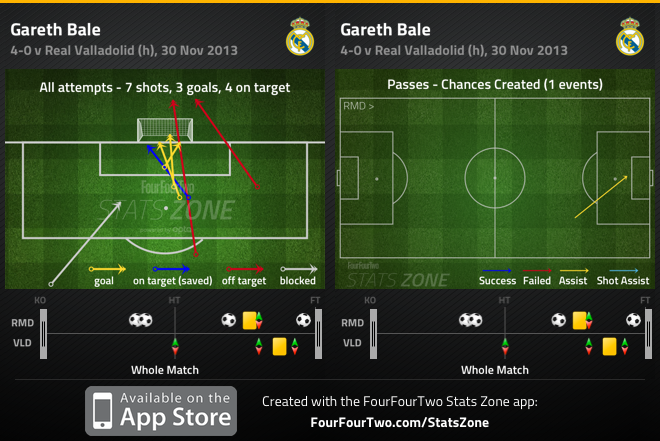
When Ancelotti tried to accommodate Ronaldo and Bale on the flanks in a 4-3-3 or a 4-2-3-1, it didn’t really work. They were offering the same thing from different sides, and Real were rather too predictable. To solve the problem, Ancelotti actually moved back to the system he tried in their first game together, a 2-2 draw at Villarreal.
That was, essentially, a 4-4-2. Bale was still able to cut inside from the right, and Ronaldo from an inside-left position. They now had slightly different roles – Bale had a responsibility to defend the right flank, and then often launched counter-attacks from deep positions, providing the first burst of speed. Ronaldo would wait upfield for the service, and was more likely to provide a finishing touch. He didn’t need to defend the left flank – the ultra-energetic Angel di Maria did that instead.
It’s a subtle but important difference, and it now feels like Real are using two world-class performers for different functions within the team, rather than playing Ronaldo on one flank, and an inverse Ronaldo on the other. Creating a harmonious, cohesive side is all about finding a balance, and Bale being shifted into a deeper role has provided that. The 4-0 thrashing of Bayern was the most obvious example – Ronaldo and Bale played in different positions within the 4-4-2 and collected the ball in different zones.
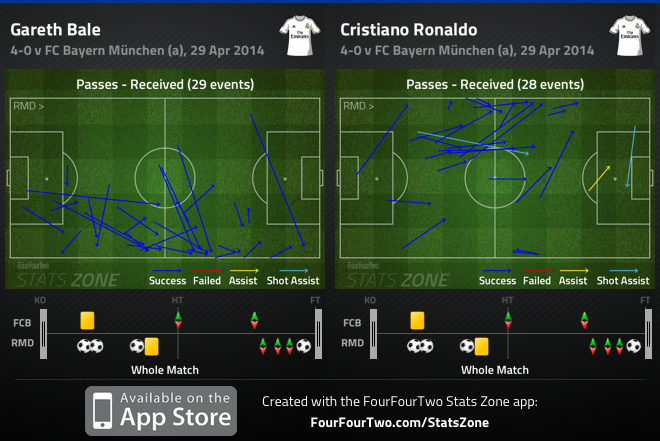
Not that Real’s cohesion means Ancelotti should be showered with too much praise. He’s ultimately been handed the two most expensive players in the history of football, played them in positions that maximise their talent in the most basic football formation, then sat back and admired the results.
Still, to a certain extent, that’s what football management is all about – and it’s an approach that has brought Ancelotti great success in the past. Saturday's Champions League final against Atletico Madrid will give a good indication of exactly how well it's working this time around.
